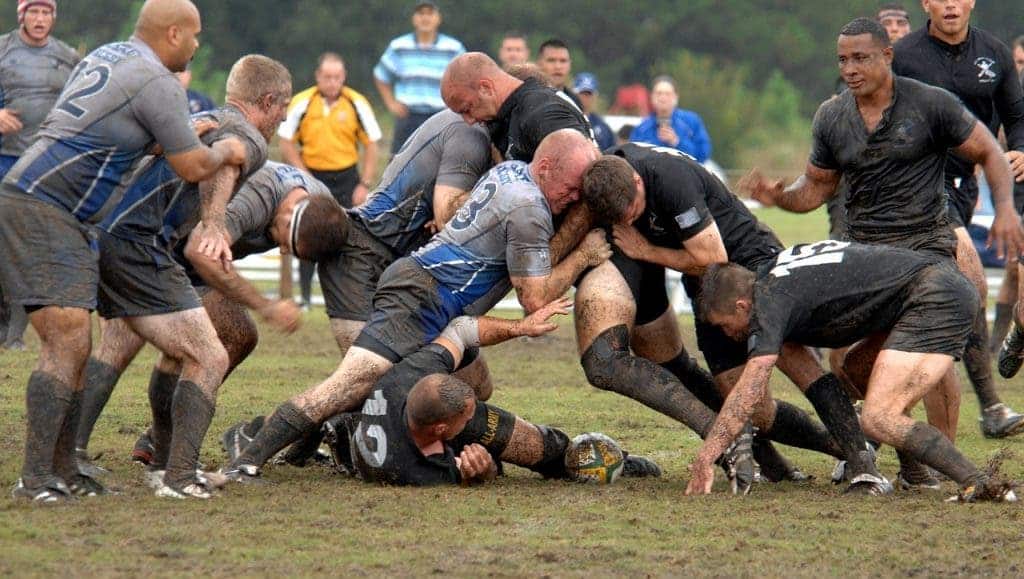
Rugby is certainly ahead of the curve when it comes to ushering in new technology. As soon as innovations are able to improve the game, whether through player training and performance or making the game better for spectators, they are brought in without a fuss. This is no truer than in the case of video referees, who since 2001 have been assisting the on-field official with tight calls and regular match-deciding decisions. That the game of rugby has been so quick to embrace technological change is to its credit, and has definitely led to a reduction in controversial results; something which is, despite all the financial implications of each game and huge global audience, still a huge problem in football.
Here are a few ways in which rugby is already leading the way in the application of technology, along with some things you can expect to see in the not too distant future.
[ALSO READ] Rugby Technology of the Future
Match Officials are Given All the Help They Need
The acceptance of video referees has meant that controversial decisions in rugby, where the fate of matches often rests on whether or not a ball has crossed a line, are almost a thing of the past. As well as confirming if a try has been scored or not, video replays are also used to assist in the administration of retrospective punishment.
[ALSO READ] How high tech analytics might change NFL forever
On top of extra officials watching the game on TV, referees are also equipped with microphones and cameras, meaning that players can’t get away with dissent in the way that they do in football. Ref-cam also provides an incredibly unique perspective when watching live coverage of a match – something which will only be rivaled when drones eventually begin to film the action from just above.
Muscular Sensors
Rugby is leading the way in real-time fitness observation. GPS monitors are widely used in sports, and can be attached to players to track their movement and see how much distance they are covering. But sensors are also beginning to be used to keep track of specific muscles during training sessions, as coaches look to pre-empt muscular injury by observing the intensity of individual contractions live. In a sport as physically demanding as rugby the risk of injury is high, so it’s not surprising that any help medical start can get is being embraced
Concussion Detection
Companies such as Jolt are developing tiny sensors which can actively alert the wearer if they’ve been involved in a possible concussion-causing incident. A small wearable can be worn on the head, for example on the side of a scrum cap, alerting both medical staff and the player should a heavy impact to the head be taken.
Hawk-Eye
The ongoing Rugby World Cup is being used to test the Hawk-Eye ball monitoring system applied in tennis and football, with a view to assisting video referees with tight calls faster. The system will detect if say, a ball or player has crossed the line, and should help to deal with the one complaint which can be levelled at rugby currently, which is that there are too many stoppages in play while video referees are consulted.
If rugby continues to welcome the latest advances in technology, then there’s no doubt that the game will improve. As players become fitter, faster, cleverer and stronger due to innovative training equipment and techniques, the real people to benefit will be the fans in the crowd.


